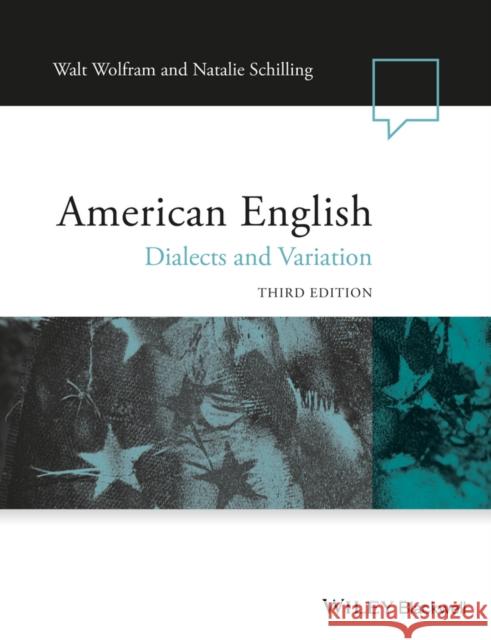American English: Dialects and Variation » książka
topmenu
American English: Dialects and Variation
ISBN-13: 9781118390221 / Angielski / Miękka / 2015 / 456 str.
The new edition of this classic text chronicles recent breakthrough developments in the field of American English, covering regional, ethnic, and gender-based differences.
- Now accompanied by a companion website with an extensive array of sound files, video clips, and other online materials to enhance and illustrate discussions in the text
- Features brand new chapters that cover the very latest topics, such as Levels of Dialect, Regional Varieties of English, Gender and Language Variation, The Application of Dialect Study, and Dialect Awareness: Extending Application, as well as new exercises with online answers
- Updated to contain dialect samples from a wider array of US regions
- Written for students taking courses in dialect studies, variationist sociolinguistics, and linguistic anthropology, and requires no pre-knowledge of linguistics
- Includes a glossary and extensive appendix of the pronunciation, grammatical, and lexical features of American English dialects











